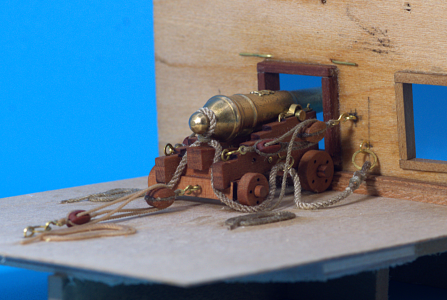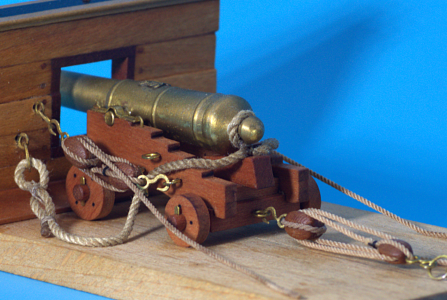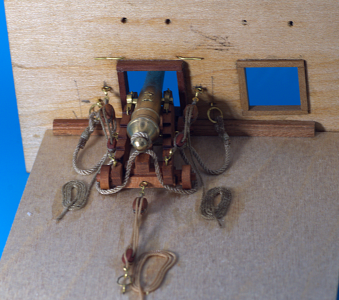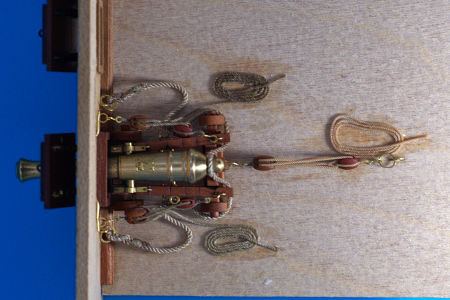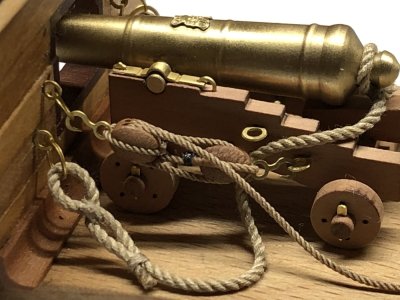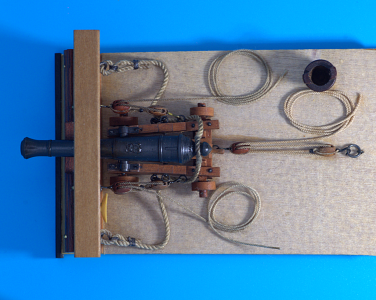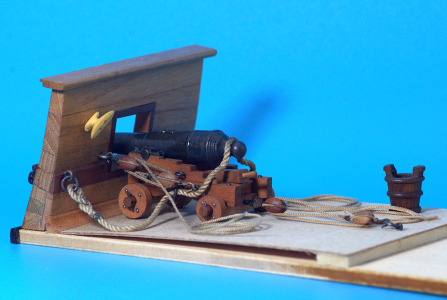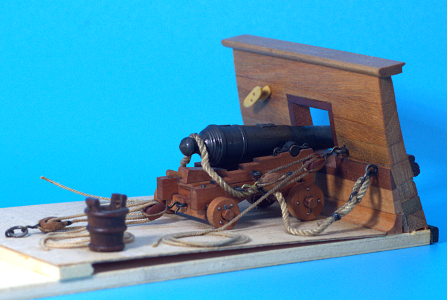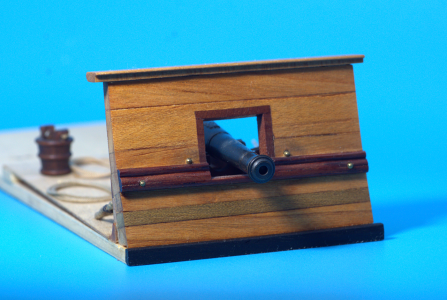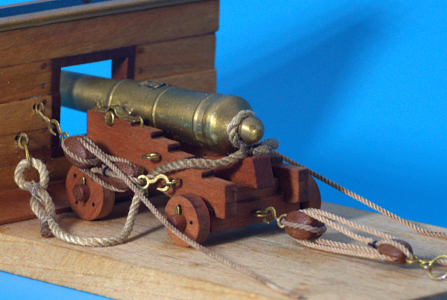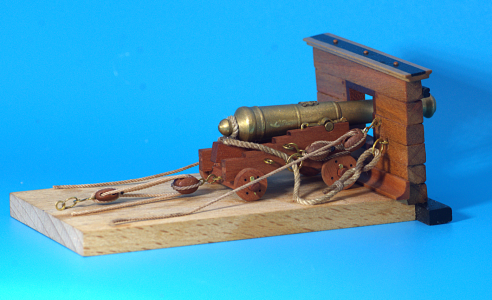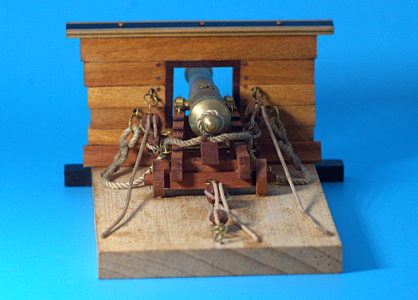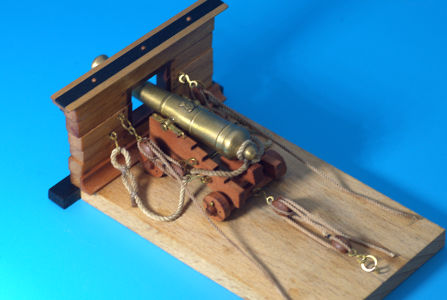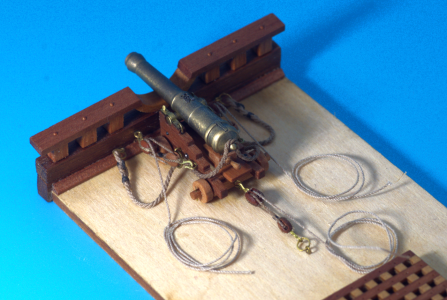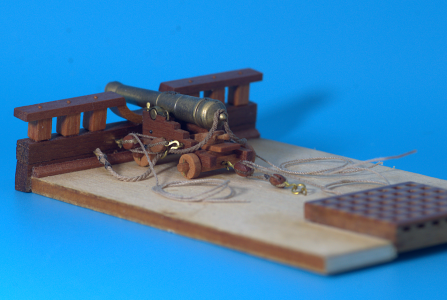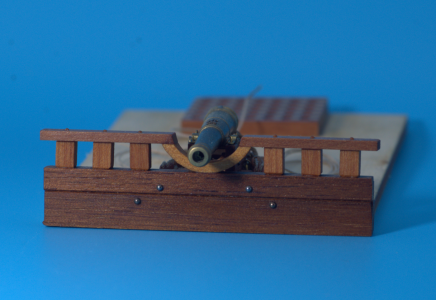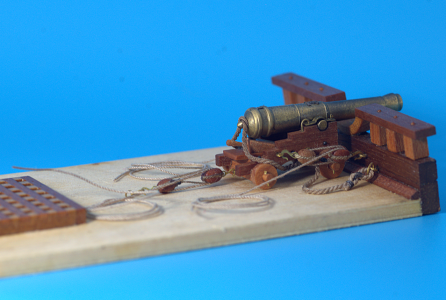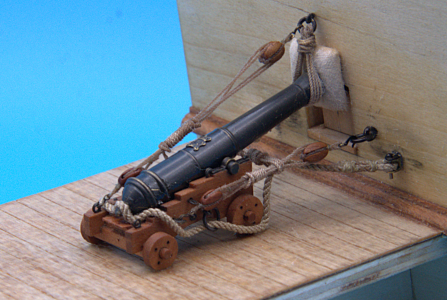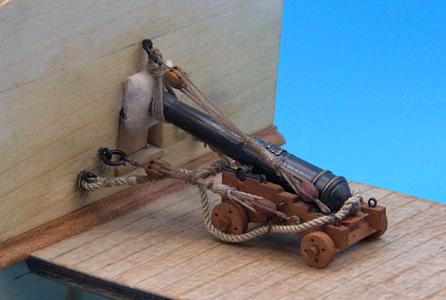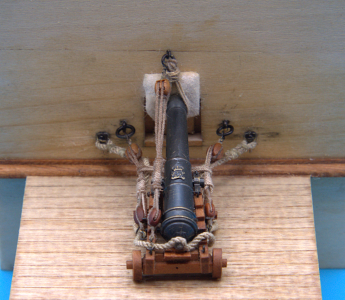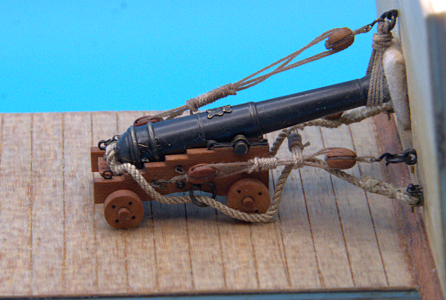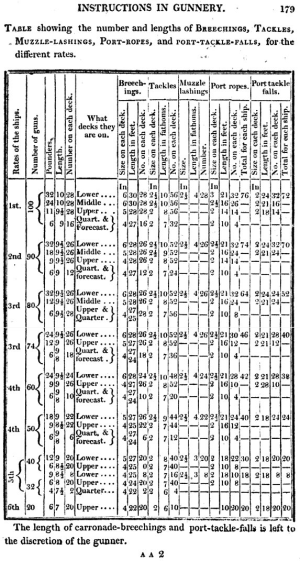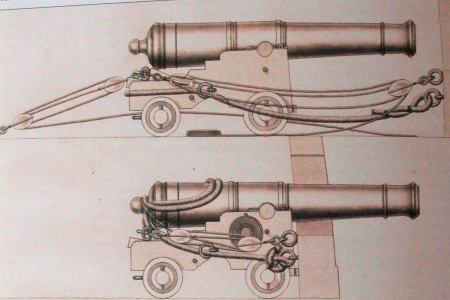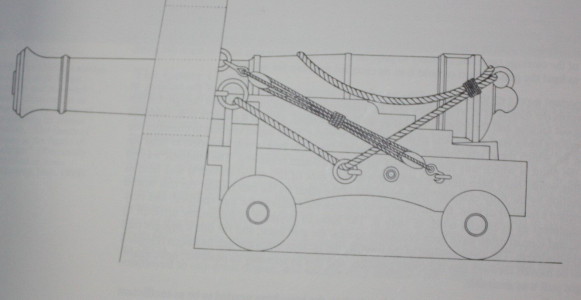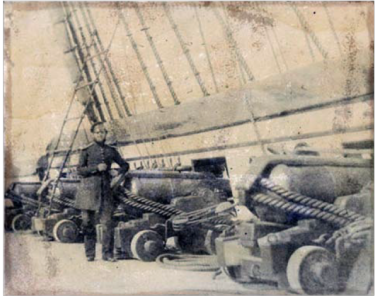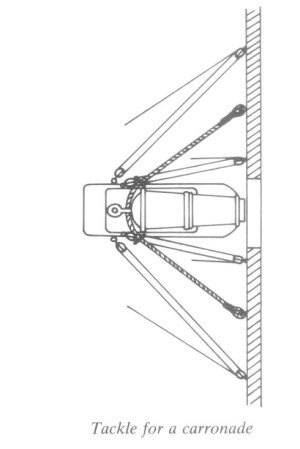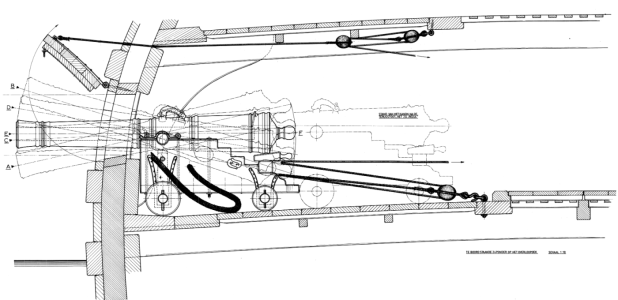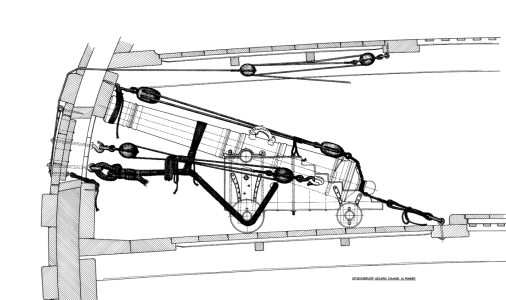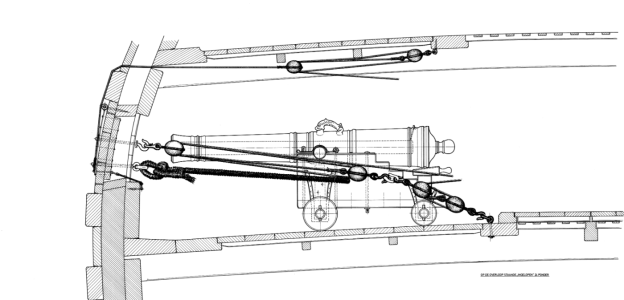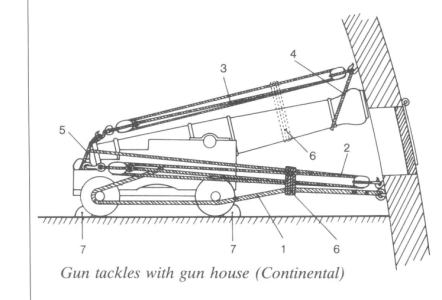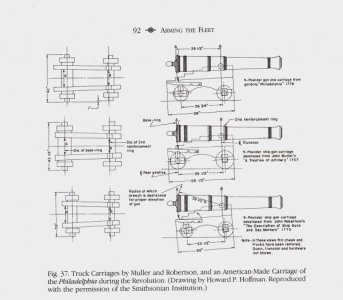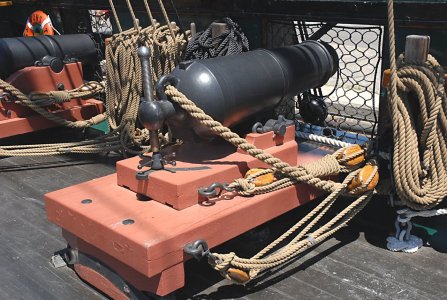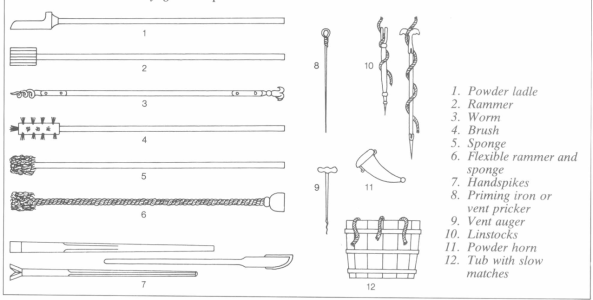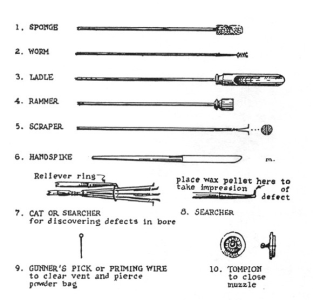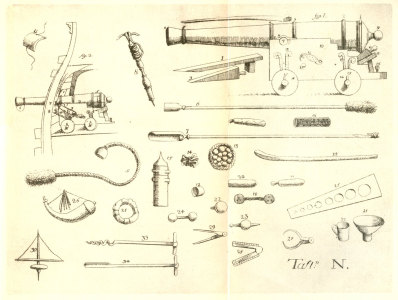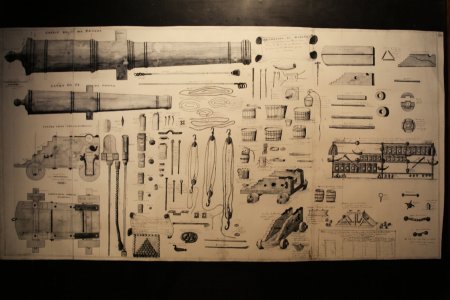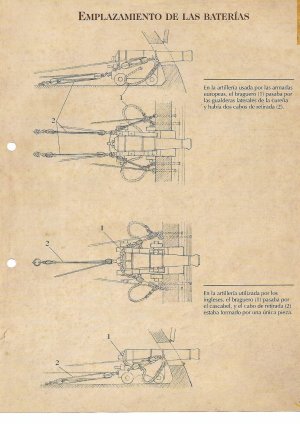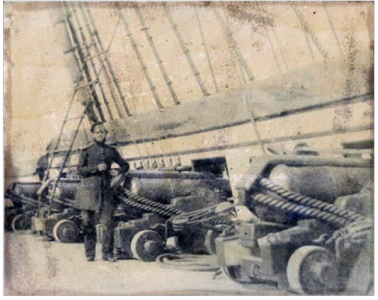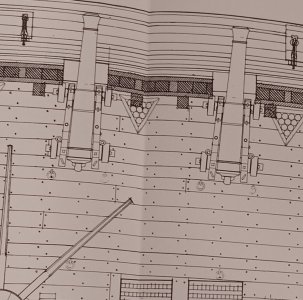"Raise your words not your voice, it is rain that grows flowers, not thunder." Greetings all.
This is Part 3 of 3 series log Accesories\Uspscale mini kits of naval guns. It is not the typical review, where the review subject is giving evaluation, it is rather the parts 'in action', In other words, the use of those parts in real scenarios. To those of you who came directly to this post, I suggest familiarizing yourself with my previous parts (Part 1/3 and Part 2/3) of reviews about aftermarket naval gun mini kits (links below)
Parts review - Aftermarket naval guns parts to upscale, Part 1/3
* there is no copyright on any images in this review Let's face it...How many of us have been disappointed with the cannons supplied in the kits? Personally, I found that manufacturers don't pay enough attention to cannon details. Often, the carriages are out of scale and made from cast metal...
shipsofscale.com
Parts review - Aftermarket naval guns parts to upscale, Part 2/3
Greetings all. This is way long past-due log of Part 2 of 3 series: Accesories\Uspscale mini kits of naval guns. To those of you who came directly to this post, please follow the below link to get familiar with our discussion about aftermarket naval gun mini kits...
shipsofscale.com
I thought about the best way to show the reviewing parts 'In action', e.g. the use of them. Since the review of the naval guns, it would be most suitable to rig those guns. This way all the parts from the mini-kits will be used and shown as the final product. Besides the country of origin, where guns differ from rigging, there are various locations for rigging naval guns. Let's examine the image below courtesy of Wolfram Zu Mondfeld from the book 'Historic Ship Models'. While the image shows the location of the French rigging gun, it should give you an idea.
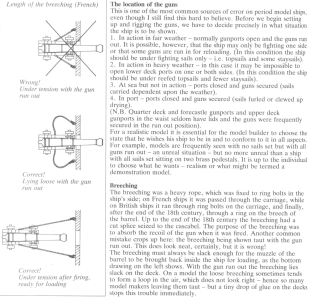
As you can see, there are at least 4 common situations where the gun will be rigged differently. I will be showing a few situations, but the parts in my review give all the possibilities. If you have not had a chance to read the review of PE fret (image below), you can read it here. It is a complete set and has all the necessary parts to rig the gun for any situation.
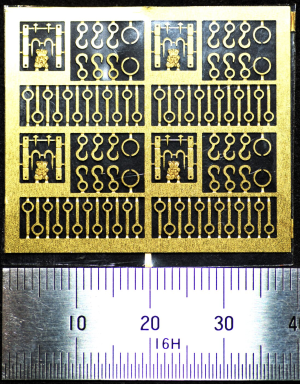
Since the naval gun belongs to the British Navy, we will be setting up and rigging the gun in a British manner, and use the 'In action' situation, e.g. one side of the ship is ready to fire, or while other guns 'run in' for reloading.
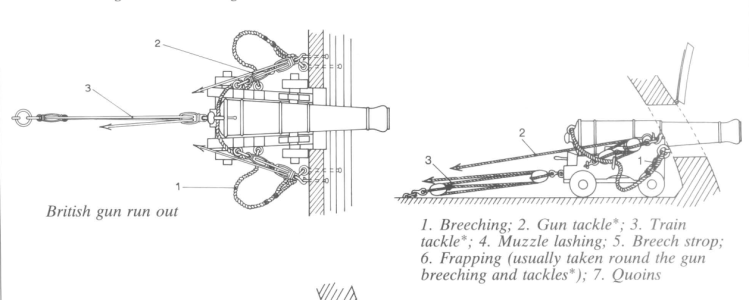
This is how I plan to rig my guns, but wait... one of you should ask: " Jim, what about the rope, what kind of rigging without the rope? You have not shown us the ropes"!!! And you will be right, I have not reviewed any ropes...yet. But be assured that DryDoc has all the ropes to rig the entire ship, not just guns. I have some of the many varieties of ropes that Drydoc can offer us. Let's review some ropes for no.
Currently, I have the cotton rigging lines (ropes) and they come in two colors: Beige, for running rigging, and Dark Brown suitable for standing rigging. Ropes come in a plastic bag and have all the common sizes from 0.2mm to 1.4mm.
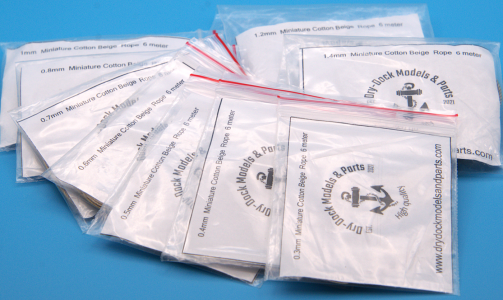
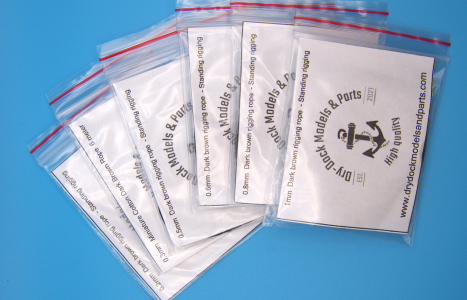
Being a cotton rope, it does have some minor fuzz, but it is only when you do macro. Other than that, the ropes are twisted evenly in the entire length and look nicely laid. Here are some images with close-ups.
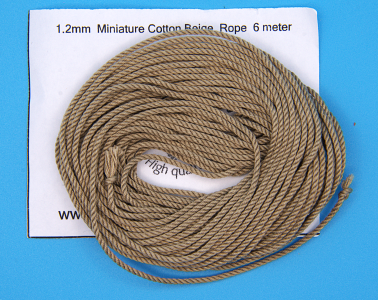
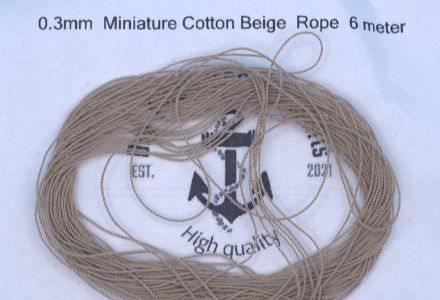
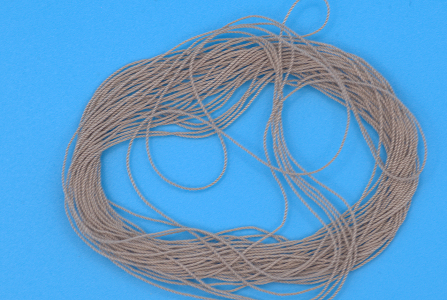
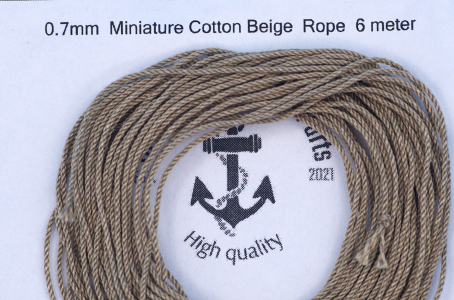

...and now Dark brown
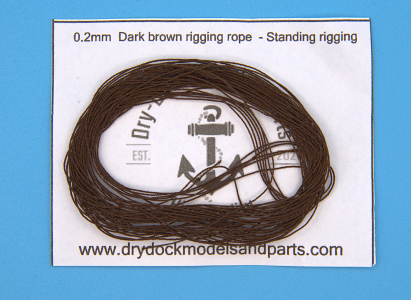
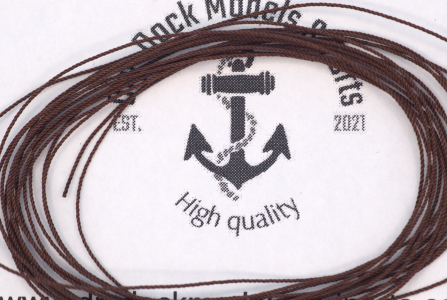
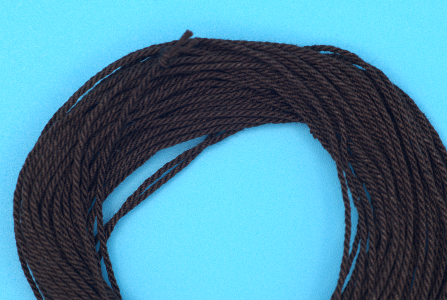
I hope you get an idea of the quality rope DryDock can offer, I like it, and going a bit ahead, pleasure to work with. Note: I have not had a chance to use Dark Bown rope, but I am sure it will be the same experience as the Beige.
Moving on to the rigging of the gun. For each scale gun, I made simple buttle stations. While some of them look 'Fancy', and others do not, they are simply constructed from leftover material, just to show the actual rigging. They are made with no scale, nor belong to a specific ship. Getting parts ready for use.
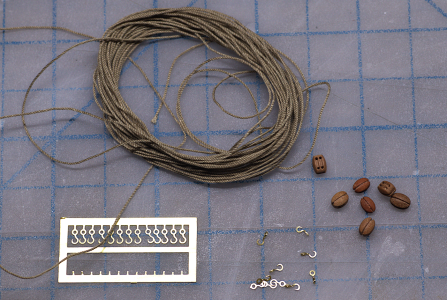
I started to make a breeching line.
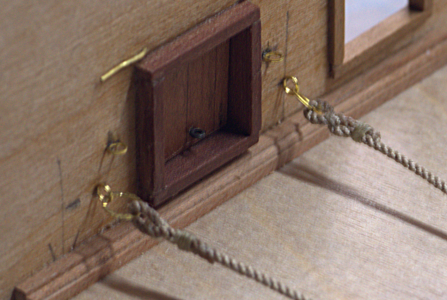
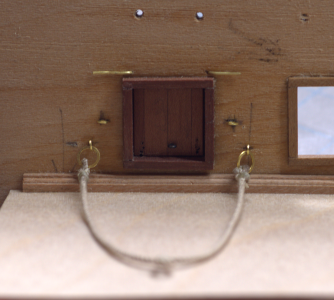
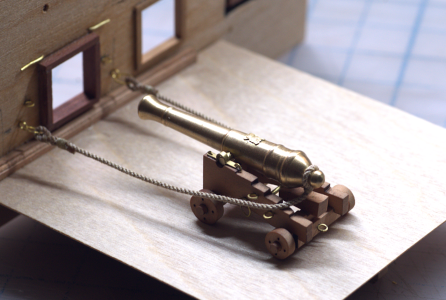
This is the breeching position for a 'ready for action' situation. Note how the Breeching loop is made and attached to the breeching line.
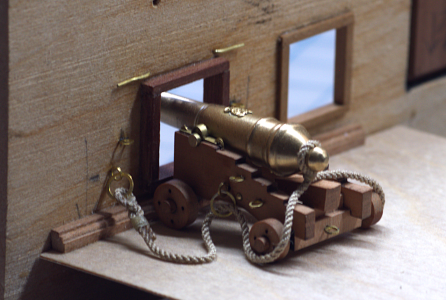
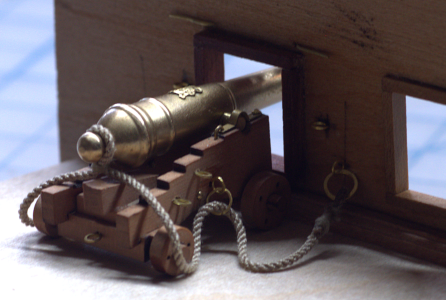
Train and outhaul (side) tackles are made the same: one single and one double shave block per tackle.
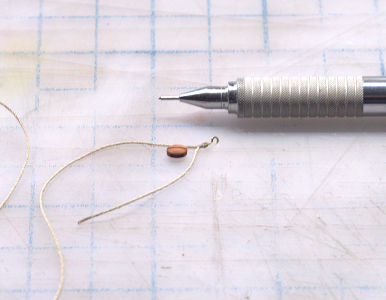

close-up view. These are 3.00mm blocks
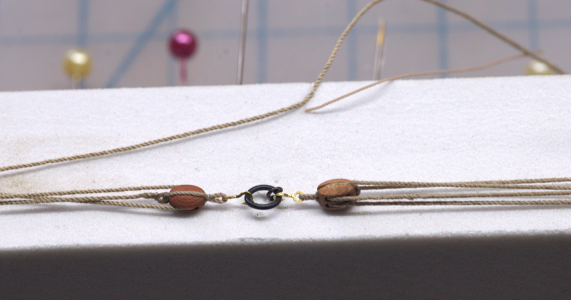
All three tackles are made and ready. I left them with a bit of tension for a few days. It wasn't required but it gave my eyes some break while I worked on something else.
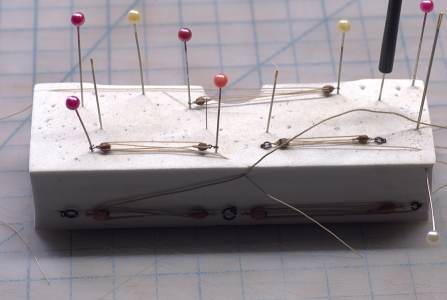
Below are some other rigging blocks, I use for other rigging tasks. Just so you have an idea
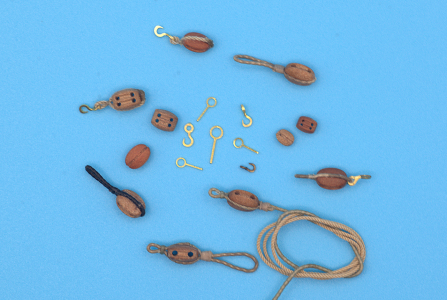
Alright, the following images will show the rigging for all scale guns available at DryDock. Starting with a 1:48 scale. To those who followed my latest review, I utilized the battle station built to show gunport hinges.
Continue on the next page, as 25 images per post are reached....


